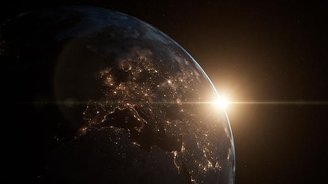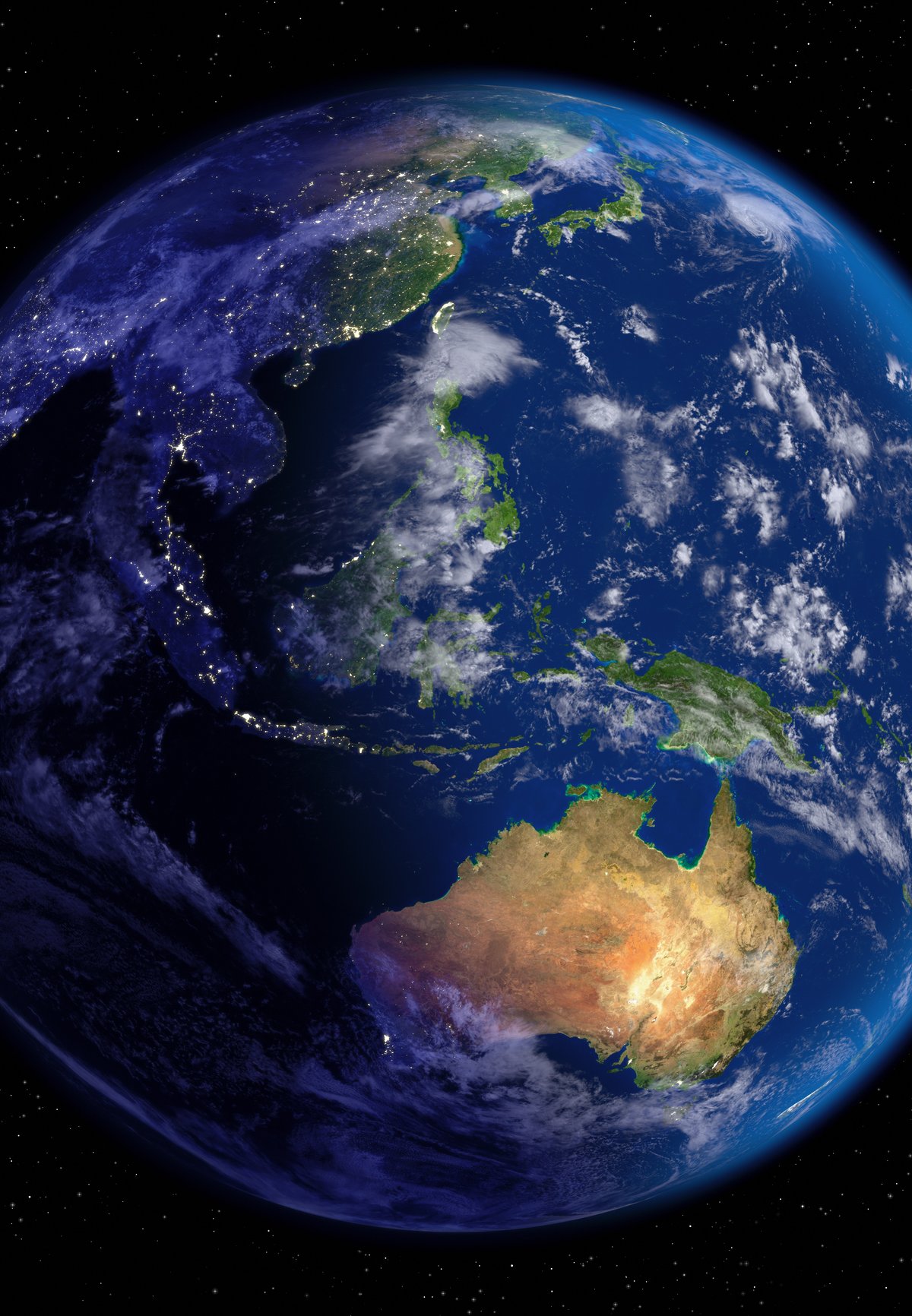Telescopes are astronomical instruments that have guided us for thousands of years. For a long time, ancient people used archaic versions, but now there are options as powerful as the James Webb Space Telescope (JWST). As one scientist working in the field explains, Perhaps we could use it to create a large telescope capable of observing Earth at great distances.
It seems more complicated than it actually is, so let’s break it all down from the beginning. The idea that giant, dense objects in space could be used as magnifying glasses was first put forward by Albert Einstein. The idea is that the mass of certain celestial bodies creates a singular effect known as ‘gravitational lensing’; it’s this lens that makes a kind of ‘natural telescope’ possible.
Typically, astronomers already use this effect when observing very distant stars or black holes. In a study published in 1979, engineering professor Von Russel Eshleman stated: The Sun’s gravitational field will act as a lens to magnify the intensity of radiation from a distant source.. Could we do something similar for Earth? One expert says yes, calling the hypothesis ‘terrascope’.
“A spacecraft somewhere along this line [próxima do Sol] Stanford University engineering professor Von Russel Eshleman, when he suggested this possibility in 1979, stated that “in principle, it would be possible to observe, listen, and communicate at interstellar distances using equipment of size and power comparable to that now used for interplanetary distances. Given the effects, the maximum magnification factor for coherent radiation is inversely proportional to the wavelength and is 100 millionths of a millimeter.”
In mid-2019, astronomer David Kipping published a paper showing how this happens. Scientists could use the refractive effect of the atmosphere to turn our planet into a telescope. The goal is the same: use the gravitational field to magnify what is observed in the future.
How can we turn the Earth into a telescope?
In a study published in the scientific journal of the Astronomical Society of the Pacific, Kipping explains that the Earth’s atmosphere could be used to create the so-called ‘Terrascope’. Due to the refraction of light, it would be possible to magnify and observe more distant stars. There is also an ideal condition for creating a focal point where light rays converge perfectly, allowing observation of celestial objects.
The scientist also claims that the natural telescope will allow observers on Earth to see much farther than an ordinary telescope. The astronomer’s proposed system will provide 10 to 40 thousand times magnification; it will be equivalent to a 150-meter space telescope; much larger than the JWST itself, and built at a height of about 6.5 meters.

“While theoretically possible, it would require infrastructure that we can’t yet build with current technology. What’s more, scientists would need to fix a variety of potential problems for the experiment to work properly.”
This would be necessary if the Sun’s gravitational field were to be used as a telescope, for example. It solves problems such as atmospheric brightness, thermal distribution of the Earth, light interference, among other obstacles.
“Imagine a distant star setting over the horizon. Light from that star enters the Earth’s atmosphere and is bent by half a degree, passes along the surface and bounces back through the atmosphere, bending another half degree, so one degree in total. Light rays from the same star will also shine in the opposite hemisphere, and the two rays will meet at a distance equal to the radius of the Earth divided by one degree, which is a distance just inside the orbit of the Moon,” Kipping explains.
In addition to acting as a telescope, the ‘Terrascope’ can also be used as a signal transmitter. If we could create one of these on every planet in the Solar System, it would be like creating an interplanetary communications network. This means you can access the internet from any part of our system. But don’t worry, we’re still a ways away from getting there.
Did you like the content? Then tell us about it on our social networks and take the opportunity to discover how telescope lenses contribute to the evolution of astronomy. On to the next one!
Source: Tec Mundo
I’m Blaine Morgan, an experienced journalist and writer with over 8 years of experience in the tech industry. My expertise lies in writing about technology news and trends, covering everything from cutting-edge gadgets to emerging software developments. I’ve written for several leading publications including Gadget Onus where I am an author.













